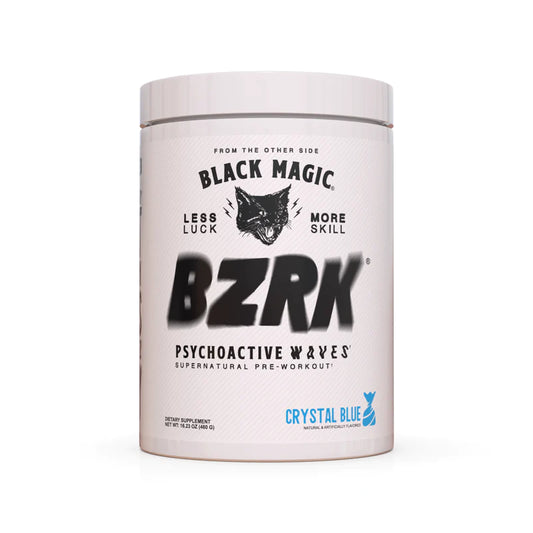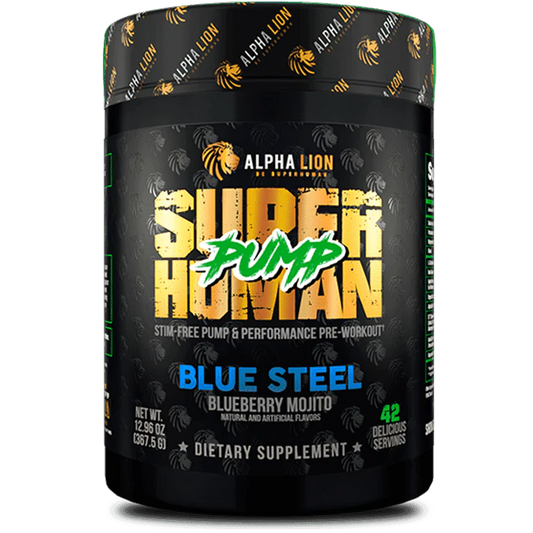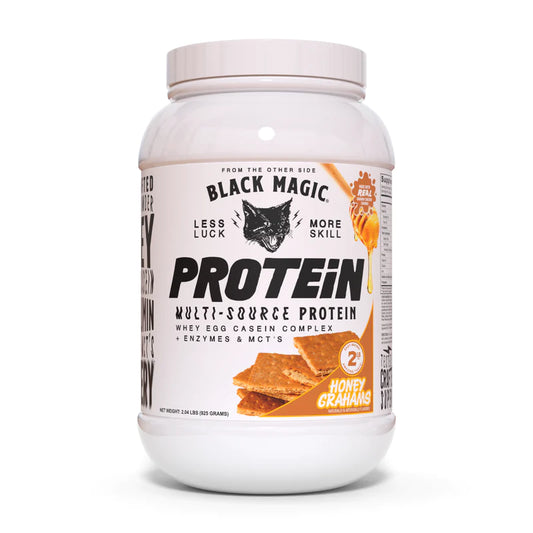Having defined, sculpted pecs is often a primary goal for many gym-goers and bodybuilders. While often the focus is on building mass and strength in the overall chest area, truly chiseled pecs require special attention to the lower chest area.
The lower chest area is often lagging behind the upper chest area for many lifters. This results in an imbalanced chest look. Bringing up the lower pecs to match the upper chest will create a fuller, symmetric chest that pops.
In this article, we will discuss why the lower chest often lags behind, the best exercises to target the lower pecs, and tips for sculpting an eye-catching set of pecs with emphasis on the lower region.
Why the Lower Chest Lags Behind
There are a few key reasons why the lower chest frequently lags behind the upper chest:
- The upper chest works as an assisting muscle in many compound lifts like the bench press. This results in more indirect volume for the upper pecs.
- The lower chest is a smaller muscle group with fewer overall muscle fibers compared to the upper pecs.
- The lower chest exercises have a smaller range of motion compared to upper chest moves. This allows less overall muscle fibers to be recruited.
- Poor exercise technique fails to properly activate the lower chest. Lifters often overly rely on their anterior deltoids and triceps.
- Insufficient chest stretching and warm up prior to working out can inhibit muscle activation in the lower region.
- Genetic factors may cause certain lifters' upper pecs to respond better to training stimuli than their lower pecs.
The bottom line is that lifters need to incorporate lower chest-specific training tactics to build a balanced physique. Let's look at how to do just that.
Best Exercises to Target the Lower Chest
Here are the top exercises to emphasize the lower pectorals:
Decline Bench Press
The decline bench press is considered one of the most effective mass and strength builders for the lower pecs. The downward angle recruits the lower chest fibers more directly than a flat or incline bench press. Moderate to high reps in the 8-12 range are ideal for muscular development. Use a full range of motion, touching the bar low on the chest just above the bottom abs.
Decline Dumbbell Fly
Lying faceup on a decline bench, flye the dumbbells out to a stretched position, emphasizing the deep stretch at the bottom. Be sure to retract and depress the shoulders to isolate the pecs. Focus on feeling a peak contraction in the lower chest at the bottom of each rep.
Decline Dumbbell Press
Similarly to the barbell version, the decline angle targets the lower chest when pressing dumbbells. Dumbbells allow for increased range of motion. Go deep and aim for maximum pec activation and contraction at the bottom.
Dip
Dips heavily involve the lower chest when leaning slightly forward and initiating movement from the shoulders rather than the elbows. Go deep on each dip to maximize the lower chest stretch. Use added weight once bodyweight dips become easy.
Decline Push Up
Set up in a push up position with the hands and feet elevated on a bench. Keep the body in a straight line and lower down with elbows flaring out to target the lower pecs. Push through the chest back up, squeezing at the top.
Low to High Cable Crossover
Attach the pulleys low on a cable station. With hands together, pull from a low position across the body to a high position, engaging the lower chest. Emphasize the contraction at the bottom of the motion.
Training Tips for Sculpted Lower Pecs
Beyond exercise selection, here are some key training and technique tips for activating and developing the stubborn lower chest area:
- Train chest first when fresh. Don't exhaust triceps and delts first with pressing moves.
- Use good form. Retract scapulae, limit shoulder involvement, flare elbows, and squeeze pecs.
- Get a deep stretch and full range of motion. Go low with presses and flyes.
- Use controlled reps. No partials or bouncing. Time under tension builds muscle.
- Incorporate both barbell and dumbbell moves. Mix up pressing, flye, and crossover actions.
- Go heavy to overload the muscles. Use weight that allows 6-12 reps to failure.
- Include pre-exhaust techniques like flyes before presses.
- Maintain high chest frequency. Aim for 2-3x per week.
- Allow for adequate recovery. Don't overtrain the pecs.
- Work the upper and lower pecs equally. Don't neglect upper chest.
Proper Form and Function
In addition to strategic programming, having proper posture and biomechanics is critical for lower chest development. Here are some tips:
- Keep shoulders retracted and depressed on presses, flyes, and push ups.
- Maintain a slight arch in the lower back to keep ribs down for pec contraction.
- Limit anterior pelvic tilt. Keep core braced to prevent excessive arching.
- Initiate presses with the shoulders, not just bending elbows. Think rotation in the shoulders.
- Flare elbows out to better engage the pecs. But don't exaggerate range of motion.
- Only range arms as wide as mobility allows while keeping shoulders down.
By sticking to proper form, you'll ensure the pecs are working optimally through the full range of motion.
Programming for Sculpted Pecs
When program planning, be sure to incorporate the following for a sculpted, balanced chest:
- Train chest 2-3 times per week for frequent mechanical tension.
- Include heavy and light days focusing on lower chest. Vary intensities.
- Prioritize the lower chest first in your workout before fatigue sets in.
- Include a variety of angles: decline, incline, and flat.
- Emphasize stretches and peak contractions.
- Get a pump using cables and machines at the end of workouts.
- Balance pressing and flye movements over 4-5 exercises per session.
- Progressively increase weight and volume over time.
With smart programming that targets the neglected lower pecs, you can build an impressive set of full, symmetrical pectorals.
Nutrition and Recovery
Proper training is essential, but nutrition and recovery contributes significantly to lower chest development. Here are some quick tips:
- Consume enough protein - 1g per pound of bodyweight daily.
- Time protein intake pre and post workout to maximize MPS.
- Eat adequate calories in a slight surplus to support muscle growth.
- Consume healthy fats for hormone optimization.
- Take a day fully off from training chest to allow muscle repair.
- Avoid overtraining and inadequate recovery between chest sessions.
- Manage life stresses via sleep, relaxation, and time management.
- Stay hydrated before, during, and after workouts.
With strategic nutrition that supports recovery, your lower chest muscles will have the ideal environment to grow and take shape.
Conclusion
Well-developed lower pectoral muscles are critical for an impressive chest. To bring up your lower pecs, emphasize decline movements, train with proper form and contraction, work the chest frequently, focus on stretch and peak contractions, balance pressing with flyes, progressively overload, and support your efforts through proper nutrition and rest. With consistency using these tactics, your lower chest will transform into a sculpted, defined showpiece muscle in your physique.




